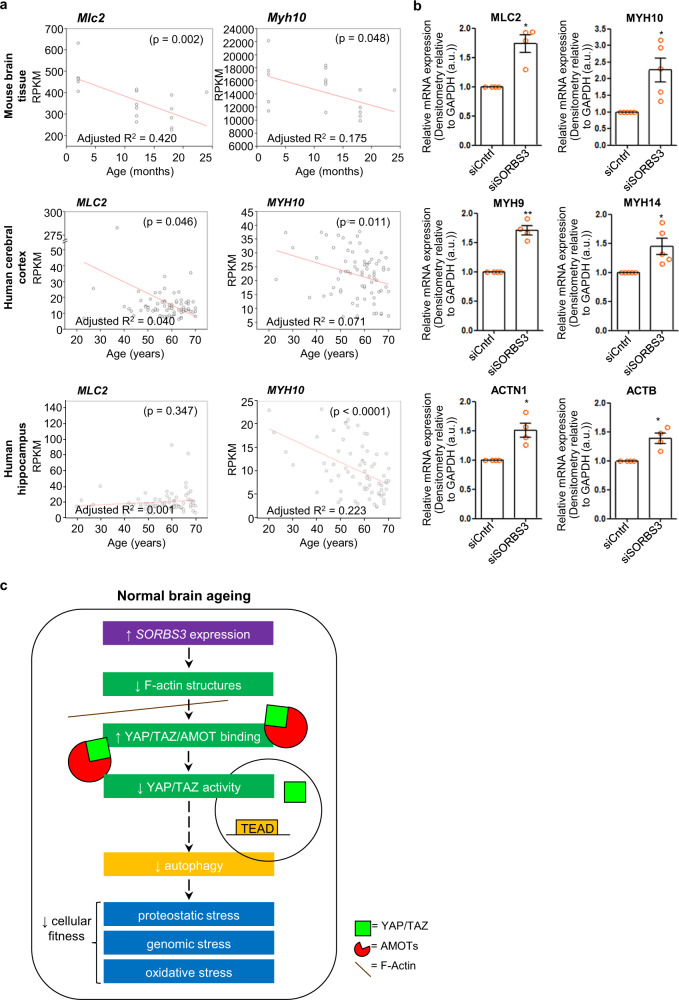Fig. 6. Expression of actin-related YAP/TAZ target genes negatively regulated by vinexin decreases with agein mouse and human brain tissue.
a mRNA expression determined by RNA sequencing of actin-related YAP/TAZ target genes (MLC2 and MYH10) in samples from wild-type mouse brain tissue (combined motor cerebral cortex, somatosensory cerebral cortex and striatum), ‘neuropathological normal’ human frontal cerebral cortex and ‘neuropathological normal’ human hippocampus plotted against chronological age in months (mice) or years (human). The adjusted coefficient of determination (adjusted R2) is displayed to two significant figures on the scatter plot (bottom left). Overall significance of the regression analysis was established by F-test and the p value displayed to two significant figures on the scatter plot (top right). n = 18 (mouse), 77 (human cerebral cortex), 70 (human hippocampus). b mRNA expression determined by RT-qPCR of actin-related genes (MLC2, MYH10, MYH9, MYH14, ACTN1 and ACTB) in HeLa cells treated with either control siRNA (siCntrl) or SORBS3 siRNA (siSORBS3). Quantification of 4 (MLC2, MYH9, ACTN1 and ACTB) or 5 (MYH10, MYH14) independent experiments. * = p < 0.05, ** = p < 0.01 by two-tailed paired t-test. Error bars indicate SEM. c Schematic mechanism. Increased SORBS3 expression, as observed in normal brain ageing, decreases F-actin bundles. This enables angiomotins (AMOTs) to retain YAP/TAZ in the cytosol, which downregulates autophagy. Possible deleterious consequences, contributing to the age-related decline in ‘cellular fitness’ include impaired proteostasis, genomic instability stemming from crosstalk between autophagy and DNA repair mechanisms and reduced mitophagy causing oxidative stress.

